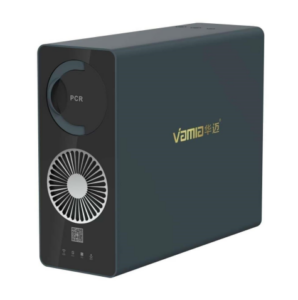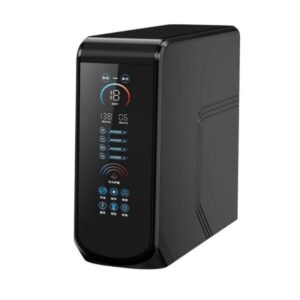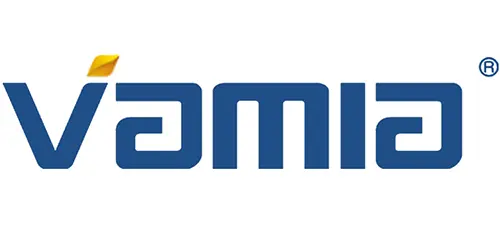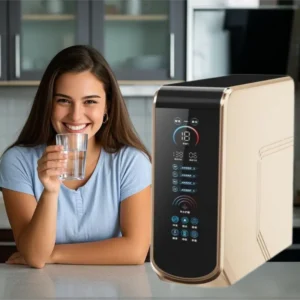“Chemical Contamination in Tap Water: How a Purifier Fights Back”
Industrial and agricultural chemicals are infiltrating tap water supplies at alarming rates. Here’s how these toxins affect health and why
a water purifier is your first line of defense.


The Invisible Invaders in Your Water
- PFAS (Per- and Polyfluoroalkyl Substances): “Forever chemicals” from non-stick products and firefighting foams, linked to
- cancer, thyroid disease, and immune disorders.
- Pesticides (e.g., Atrazine): From farming, these disrupt hormones, cause reproductive issues, and may contribute to birth defects.
- Volatile Organic Compounds (VOCs): Solvents, gasoline residues, and cleaning agents that can cause liver damage and nervous system disorders.
- Pharmaceuticals: Traces of antibiotics, hormones, and painkillers from wastewater, which may lead to antibiotic resistance and endocrine disruption.

How Chemicals Enter Water Supplies
- Runoff from farms and industrial sites
- Leaking underground storage tanks
- Incomplete wastewater treatment
- Aging pipes that leach chemicals into water
Effective Filtration Technologies for Chemicals
- Activated Carbon Filtration: High-quality coconut shell carbon adsorbs 90–99% of VOCs, pesticides, and PFAS. Look for filters with a
low iodine number (indicating high adsorption capacity). - Reverse Osmosis (RO): RO membranes block even tiny chemical molecules, making them effective against PFAS and pharmaceutical residues.
- Granular Activated Carbon (GAC): Used in whole-house systems, GAC filters provide continuous chemical removal for all household water.
- Oxidation Systems: Ozone or activated potassium permanganate can break down organic chemicals before they reach your tap.
Water Purifier Factory, Water Purifier For Home, Water Purifier Machine,Water Purifier, Water Filter Purifier System
Taking Action to Protect Your Family
- Request a Chemical Analysis: Contact your water utility for an annual Consumer Confidence Report (CCR) or hire a lab to test for specific chemicals.
- Choose a Certified Purifier: Look for NSF/ANSI 53 (for health effects contaminants) or NSF/ANSI 58 (RO systems) certification.
- Pre-Filtration for Well Water: If on a well, install a sediment filter before your main purifier to protect it from dirt that can reduce chemical removal efficiency.
Chemical contamination is a growing threat, but advanced water purification technologies offer effective protection. By investing in a multi-stage purifier,
you’ll create a barrier between your family and the invisible chemicals that may lurk in your tap water.“Chemical Contamination in Tap Water: How a Purifier Fights Back”
you’ll create a barrier between your family and the invisible chemicals that may lurk in your tap water.

